Sydney light rail: 2013 peer review flagged the exact issues the project is dealing with now
A REVIEW commissioned to examine the business case for Sydney’s light rail completed in 2013 that landed on the desks of then premier Barry O’Farrell and Transport minister Gladys Berejiklian now reads like the kind of strikingly accurate prophesy people build religions around, writes Anna Caldwell.
Opinion
Don't miss out on the headlines from Opinion. Followed categories will be added to My News.
BACK in 2013, a little document lobbed on O’Farrell government desks. It was a commissioned review examining the business case for the light rail.
The same light rail that five years down the track is holding swathes of Sydney hostage, crippled by delays.
That old document now reads like the kind of strikingly accurate prophesy people build religions around.
The Evans and Peck peer review for the light rail business case predicted cost blow outs and delays.
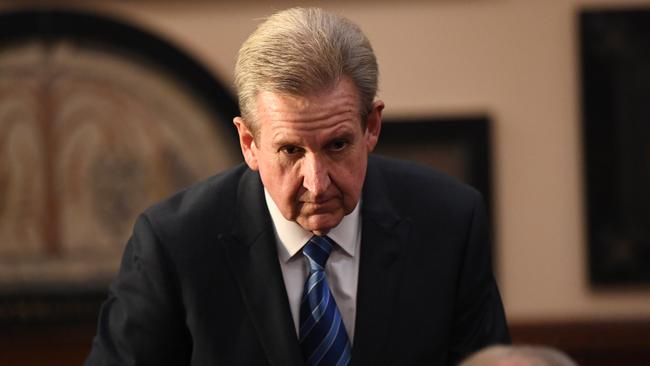
Why? The hassle of utilities crisscrossed underneath George St.
Shocking, then, that this is precisely what has happened.
Here are a few sentences that now kind of appear to have come from a particularly accurate fortune teller:
“Overall, from our analysis of the Strategic Cost Plan, we have some concerns regarding the adequacy of the utility protection, diversion and relocation allowances,” the Evans and Peck peer review said.
“The negotiations with the providers could become protracted and result in extended construction durations and delayed time frames during the enabling phase.
“Extension of time will have a cost impact … It is unlikely that the work will be carried out in a timely, co-ordinated way by the utility providers for the benefit of the light rail project, thus leaving a high risk of project cost and time increases.”
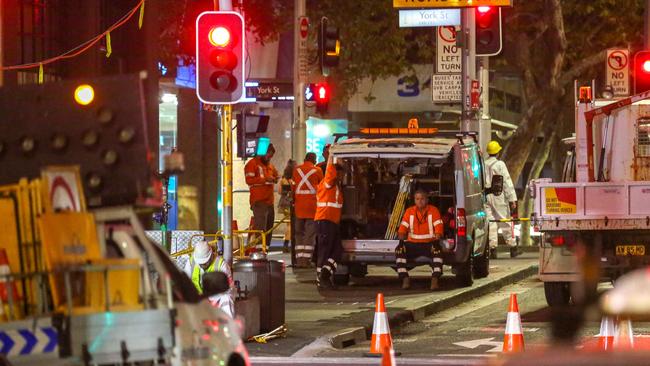
All of this landed on government desks in 2013, and then these sentences were in the public domain by early 2014.
Shortly after, one of the three major bidding consortiums pulled out of the bid.
Reports at the time speculated major British construction group Balfour Beatty pulled out of the race to build Sydney’s light rail because of the risk of trying to dig up George St — one of our oldest and busiest city streets.
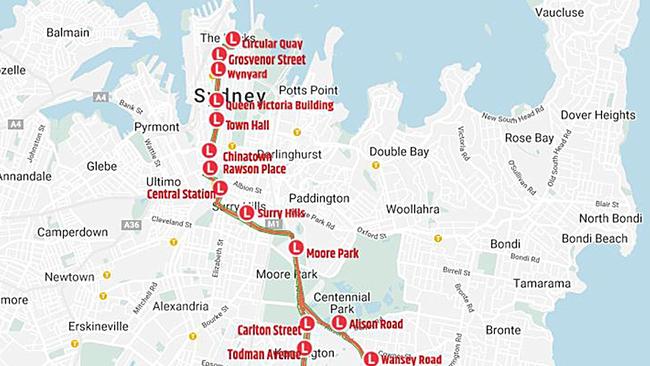
And here we are, five years later with the very company that won the bid taking the government to court over the difficulty of digging up those streets.
While Sydney waits.
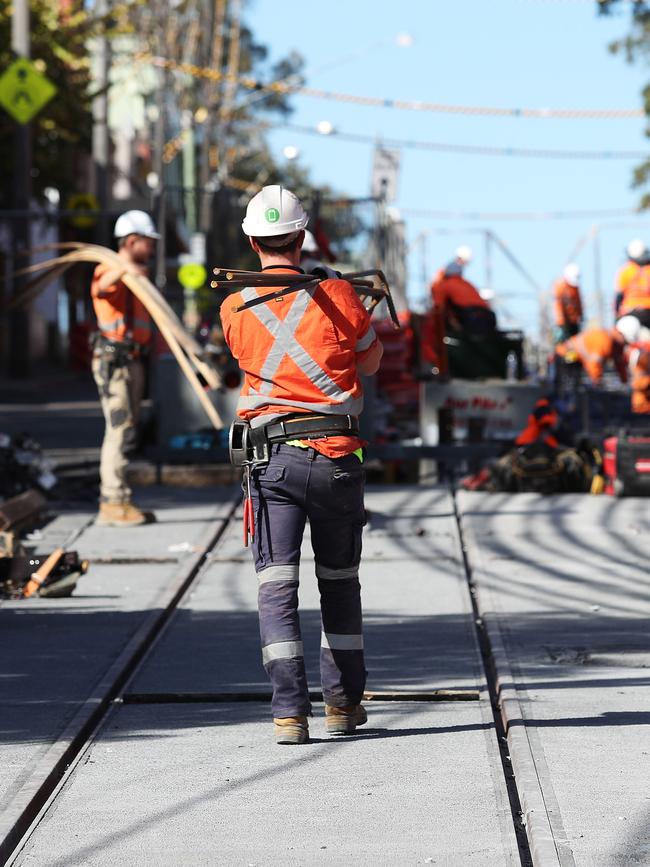
It’s unclear now how the government and the winning bidder, Altrac consortium, factored the Evans and Peck report into the tender process.
What we do know though is the problems were obvious to anyone with some construction nous long before Altrac started complaining about them.
The Spanish construction company we’re all waiting on — Acciona — says the government was misleading and deceptive by making it believe Ausgrid had accepted the treatments of its utilities services, when in fact Ausgrid had not accepted those treatments.
The public might have a little bit more sympathy for Acciona if when they strolled past their worksites it looked like someone was actually doing something.
Instead it’s all backpacker lollipop ladies reading books and scrolling iPhones on our time.
Miraculously yesterday something changed at the Surry Hills worksite and construction seemed to be moving. Nonetheless, we’re still well behind leaving businesses to languish and commuters to tap-dance around construction and traffic.
Walk down George St and you’ll see it’s still a disaster zone.
Standing out like a beacon in the heart of the city and crippling businesses, George St really is the Acciona trump card.
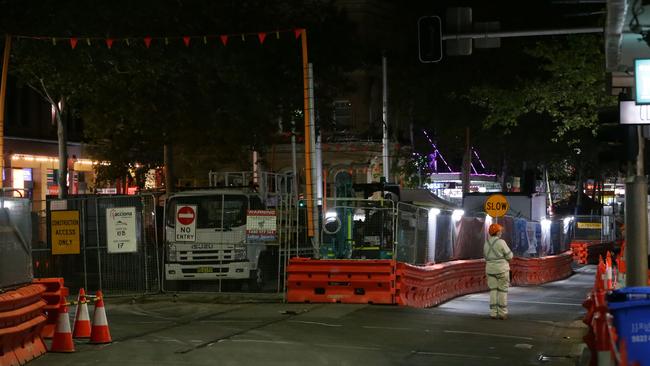
Because if George Street is in crisis, it’s bad news for the government.
It’s all very well and good to blame the contractor, but Acciona knows as well as the rest of us that the sucker punch still comes down the pike for the government at the ballot box.
Public transport is just the kind of thing voters like to blame governments for.
Squashed under someone’s armpit on a train? Delayed on the platform for hours? Bus driver smells?
It’s always going to be the state government’s problem at the polling booth.
MPs believe the light rail is lying like a sleeping giant of a problem for Premier Gladys Berejiklian personally.
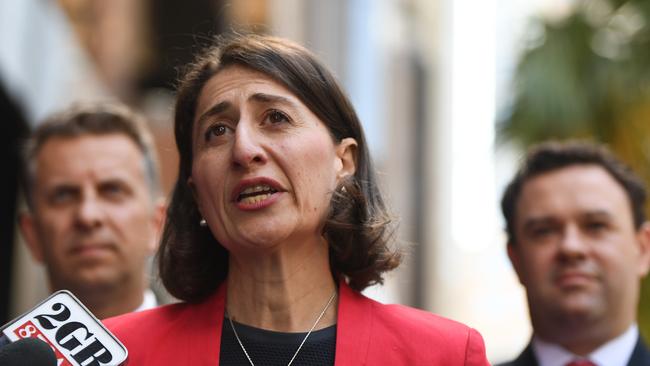
It was, of course, Berejiklian who was transport minister when the deal was done with the winning consortium for the project.
And it’s her name on the December 18, 2014, press release that trumpets “CBD and South East Light Rail contract awarded with earlier delivery date”.
We know that big infrastructure projects come with pain.
It was never going to be easy. It was never easy building the Sydney Harbour Bridge.
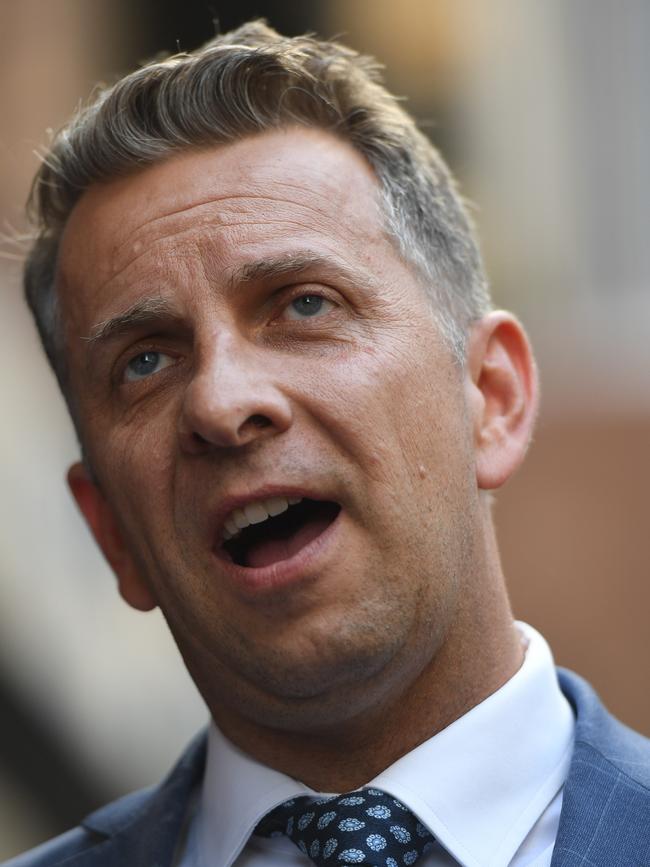
But the government needs to artfully maintain public support for the project even while it has to fight tooth and nail with the contractor.
Transport Minister Andrew Constance is doing a good job of holding the contractor to account.
When it became clear that delays were dogging the project, he would not accept the contractor’s own progress reports and sent government staff to work sites almost every day to do headcounts and monitor progress.
The government does have limited “step in” contingency powers in the contract but has refused to answer questions about them.
The response was: “Transport is closely monitoring the delivery of the Sydney Light Rail project and risks and contingencies related to delivery to protect taxpayers’ money. Transport continues to work with ALTRAC to ensure the safe and timely completion of this project.”
The light rail is precisely the kind of project that we need to make Sydney a world city.
That never meant the journey to getting it would be pain free — but the delays and cost issues risk becoming too much for the public to bear.



